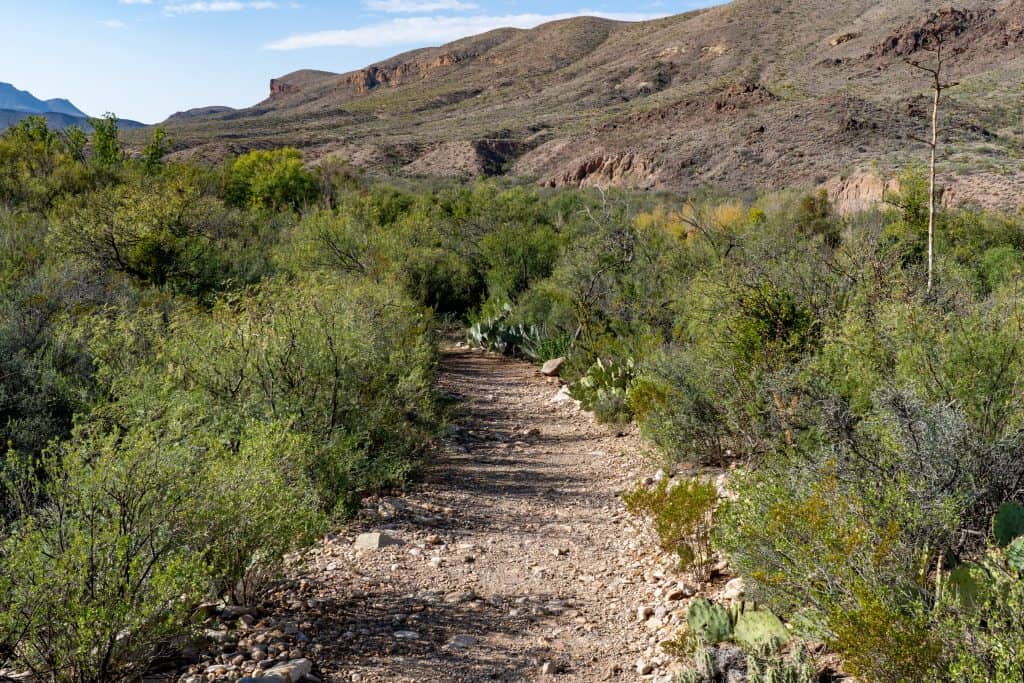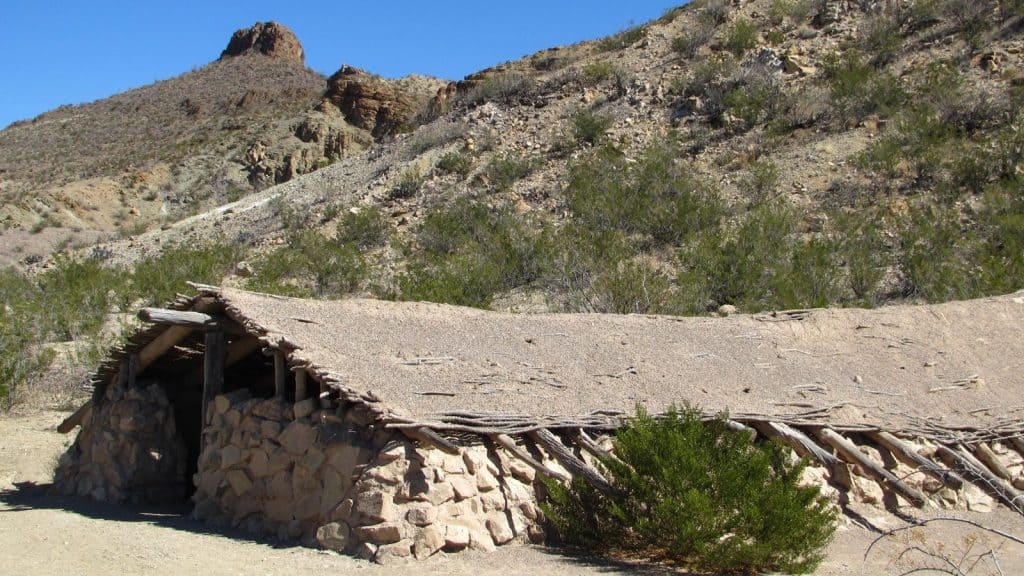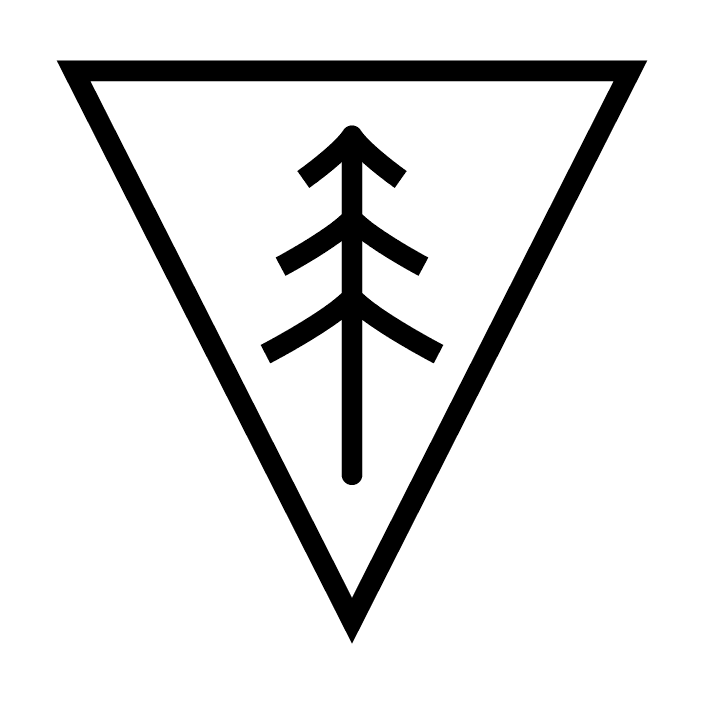Big Bend National Park is a stunning landscape located in the southwestern part of Texas. It is known for its rugged mountains, vast desert terrain, and winding Rio Grande river.
However, the park is not just a place of natural beauty. It is also steeped in rich cultural and historical significance.
From prehistoric indigenous settlements to the arrival of European explorers and the establishment of modern-day communities, numerous historic sites offer visitors a glimpse into the region’s past.
Following are some of the many sites that share the broad scope of history of Big Bend National Park.
Castolon Historic District at Big Bend
The Castolon Historic District is located in the western part of Big Bend National Park. Visitors see it on the long road leading out to the famous Santa Elena Canyon.
Castolon was once a fort and later a vibrant trading hub. It was home to a general store, post office, and hotel, among other establishments.
Until 2019, Castolon was the best-preserved adobe structure in Big Bend. However, a fire destroyed much of the historic buildings in 2019. The park is still working on plans to rebuild the adobe structures.
There is currently a small information center and snack bar. They are rebuilding a visitor center which currently stands as a simple ranger station.
We hope the ruins will soon be restored to historic accuracy and we can continue to learn about the region’s history. Until then, we still suggest that visitors stop and view the remains of the adobe structures.
Sam Nail Ranch at Big Bend
The Sam Nail Ranch is also located in the western part of the park. It is a good, short hike on your way to explore Santa Elena Canyon and the rest of this historically rich portion of Big Bend.
Sam Nail Ranch was once a working ranch. It was established in 1909 by the two Nail brothers.
They dug a well, planted an orchard, raised livestock, and erected a windmill. Sam and his wife, Nena, lived in a two room adobe house until the Dust Bowl. The economic hardship of the times coupled with the harsh desert conditions forced the Nail family to sell their beloved ranch.
The State of Texas purchsed the land around 1940.
Today, little remains of their homestead. Visitors can enjoy a short, half-mile hike with information posts on the trail to visit the ruins.

Hot Springs Historic District at Big Bend
The Hot Springs Historic District is located in the eastern part of Big Bend near Rio Grande Village. Although the access road is narrow and rough, the hot springs continue to be a popular destination for people seeking therapeutic benefits.
After a half-mile hike from the trailhead, visitors can explore the ruins of the historic bathhouse and learn about the district’s history as a hub for health and wellness.
People visiting today will want to check with rangers prior to making the trek to the hot springs. Variable water levels of the Rio Grande can pour into the hot springs and impact bacteria levels.
But for those visiting in the winter, when the river is low, the warm springs can be healing after long, desert hikes!
Mariscal Mine at Big Bend
The Mariscal Mine is located in the eastern part of the park and was once a major source of mercury. The mine was in operation from 1900 until 1941 and was a vital part of the region’s economy.
Visitors can explore the ruins of the mine and learn about its history and impact on the local community.
Although the remains of the adobe structures are stunning, we urge caution in this area of the park. High mercury levels and open mine shafts require high levels of care. It may not be a good site for young children to explore.
Fossil Discovery Exhibit at Big Bend
The Fossil Discovery Exhibit is located in the park’s northern region and offers visitors a glimpse into the prehistoric past of the area. Visitors can view exhibits featuring fossils of ancient marine creatures and learn about the geological history of the region.
Specimens and artwork help to communicate Big Bend’s 130 million year fossil record. There are fun climbing structures, and there is a pit toilet.
Stopping at the Fossil Discovery Exhibit on your way into the park is a great opportunity to engage young children and their imaginations!
The Homer Wilson Ranch at Big Bend
The Homer Wilson Ranch spanned over 48,000 acres in the early 20th century. The sheep and goat operation fanned across the base of Signal Mountain.
Today, you can visit the remains of the line camp which was built for the ranch foreman. There is a one mile, out and back hike with an accessible ramp to view the structure, the corral, and the coops.
Luna’s Jacal at Big Bend
Mexican pioneer farmer, Gilberto Luna, build this home, a structure known as a “jacal.” This is the homesite of his goat herdering operation he ran through the early 20th century.
The photo below is courtesy of the National Park Service:

This site is difficult to access; however, with the right vehicle and conditions, it is a special place for those interested in architecture, construction, and history.
Petroglyphs In Big Bend
Just as so much other history is present in Big Bend National Park, so are the communications from the region’s native peoples.
Currently, there are only two places where visitors can view the petroglyphs in Big Bend: the Hot Springs site and the Chimney’s site.
Archeological studies are ongoing within the park. The park asks that visitors please leave any fossils or samples they find along the trails.
Big Bend National Park is home to numerous historic sites that offer visitors a glimpse into the region’s past. From trading hubs and working ranches to military outposts and ancient indigenous settlements, the park’s historic sites tell the story of the people who have lived and worked in the region for thousands of years.
Whether you’re a history buff or simply interested in learning more about the cultural heritage of the area, these historic sites are a must-see on your next visit to Big Bend National Park.
Join us over on the NPS Family Travel Forums!

